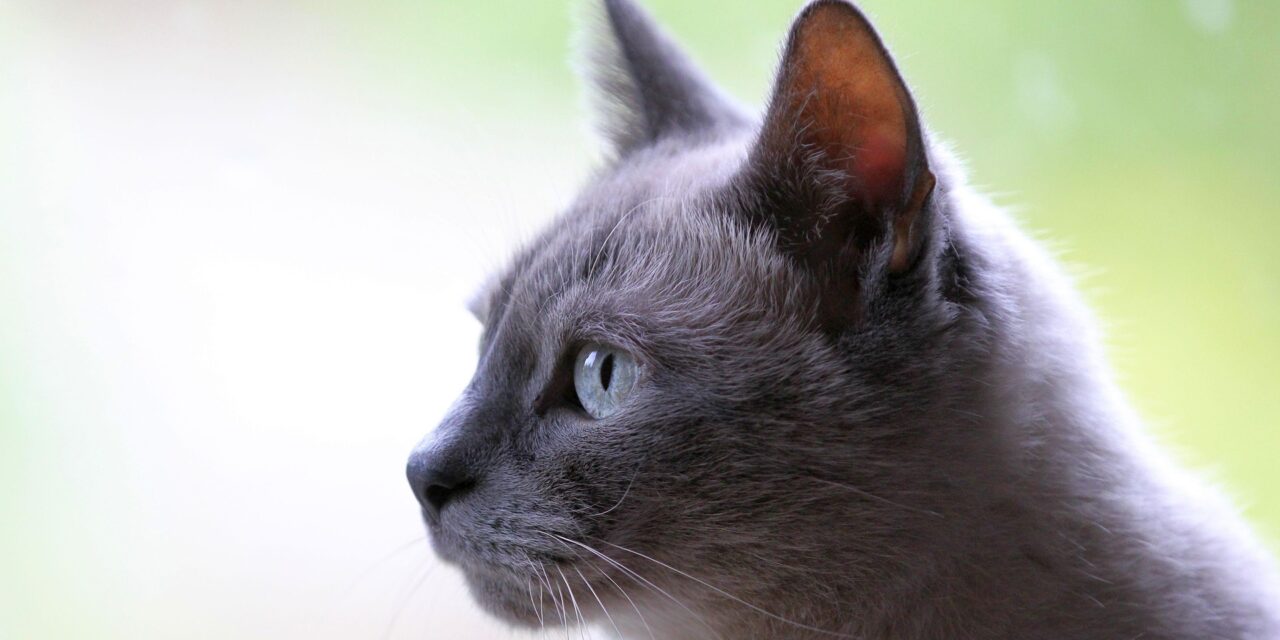From ancient temples to modern apartments, cats have walked alongside humans for thousands of years. Mysterious yet affectionate, independent but loving—cats are full of contradictions, which might be why we love them so much.
Whether you’re a proud cat parent or just a curious admirer, this blog will explore the charm, history, and science behind one of the world’s most beloved pets.
A Brief History of Cats and Humans
Cats were first domesticated around 9,000 years ago in the Near East. Unlike dogs, which were bred for tasks like hunting and guarding, cats likely chose to live near humans—drawn to food and shelter. Early farmers appreciated their help in keeping rodent populations down.
In ancient Egypt, cats were worshipped. Killing a cat—even accidentally—was a crime, and many families had their cats mummified and buried with them.
Today, cats have traded temples for windowsills, but they still hold a place of honor in millions of homes around the globe.
Why Do People Love Cats So Much?
Cats offer a unique kind of companionship. Here’s why they’re so irresistible:
-
Independent but loving – They don’t need constant attention, but they’ll curl up on your lap when it matters most.
-
Low maintenance – No daily walks needed; cats groom themselves and are generally clean animals.
-
Expressive personalities – Some are playful and social, others are quiet observers. No two cats are exactly alike.
-
Therapeutic presence – Studies show that petting a cat can lower stress and blood pressure.
Plus, who can resist a soft, purring furball rubbing against their leg?
Fascinating Cat Facts
-
Cats can rotate their ears 180 degrees – helping them hear even the slightest rustle.
-
They sleep 12–16 hours a day – true professionals at napping.
-
Each cat’s nose print is unique – just like a human fingerprint.
-
A group of cats is called a “clowder” – though you’re more likely to have just one or two curled up at home.
Are Cats Good for Your Health?
Surprisingly, yes! Owning a cat has been linked to:
-
Reduced stress and anxiety
-
Lower risk of heart disease
-
Fewer feelings of loneliness
-
Improved mood and emotional well-being
Their quiet companionship and soft purrs have a calming effect—some even call it “purr therapy.”
Tips for First-Time Cat Owners
Thinking of adopting a feline friend? Here are some things to keep in mind:
-
Litter box hygiene – Keep it clean and in a quiet spot.
-
Regular vet visits – Vaccines, checkups, and spaying/neutering are essential.
-
Scratching posts – Save your furniture by giving them something designed for claws.
-
Toys and playtime – Mental stimulation is just as important as food and water.
-
Patience – Cats may take time to adjust to new homes or people. Let them set the pace.
Adopting from a shelter is a great way to give a cat a second chance at a loving home.
Final Thoughts
Cats are more than pets—they’re family. They greet us after long days, curl up beside us during storms, and keep our hearts warm with every slow blink and gentle purr.
Whether they’re mischievous kittens or wise old lap cats, one thing is certain: life is better with a cat around.
So next time your cat knocks something off the shelf or meows at 3 a.m., just remember—it’s all part of the charm.



